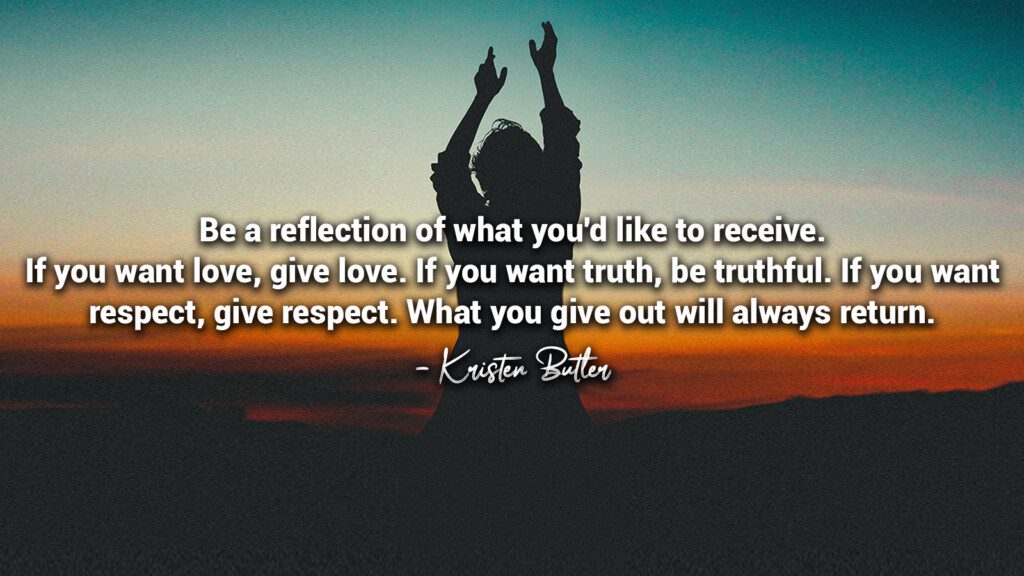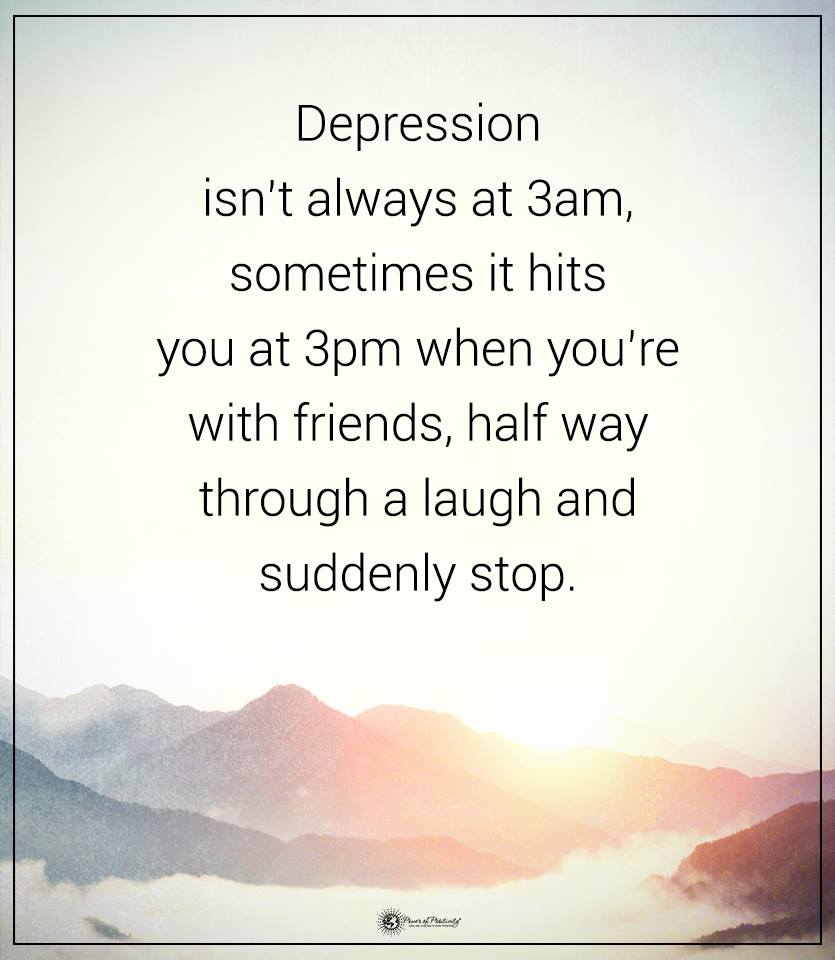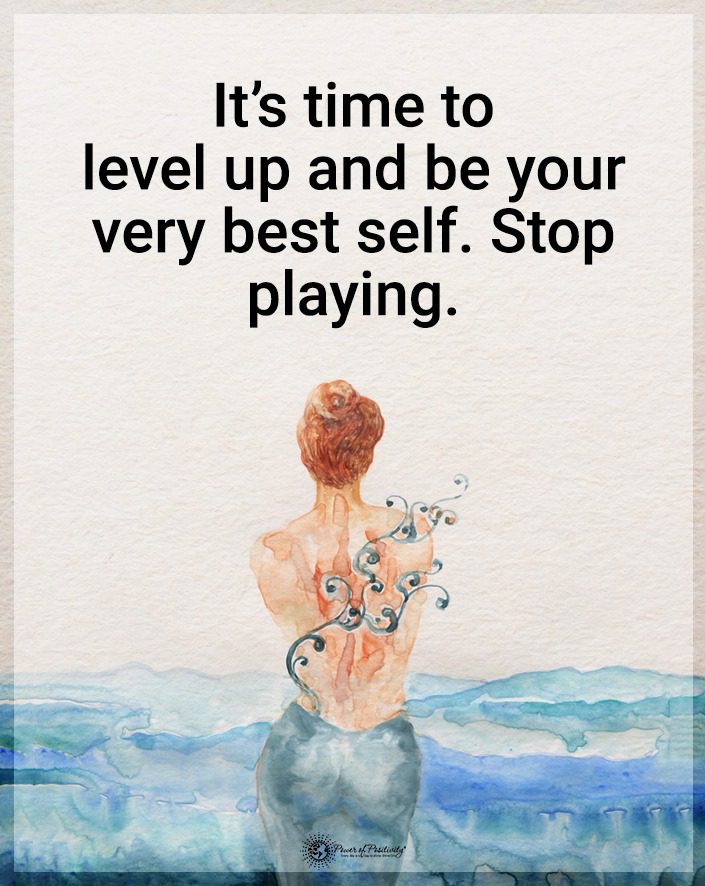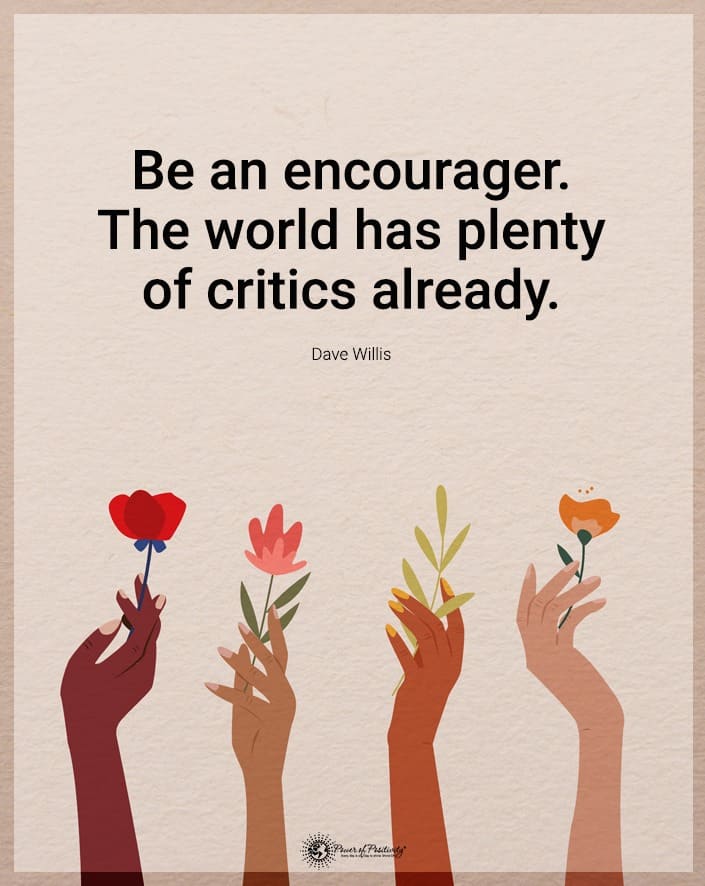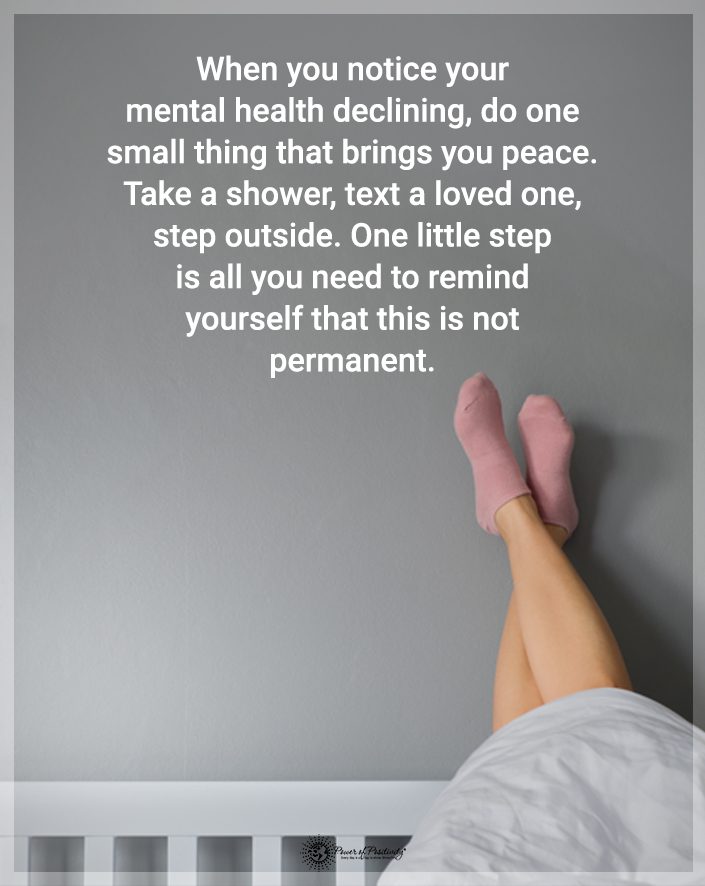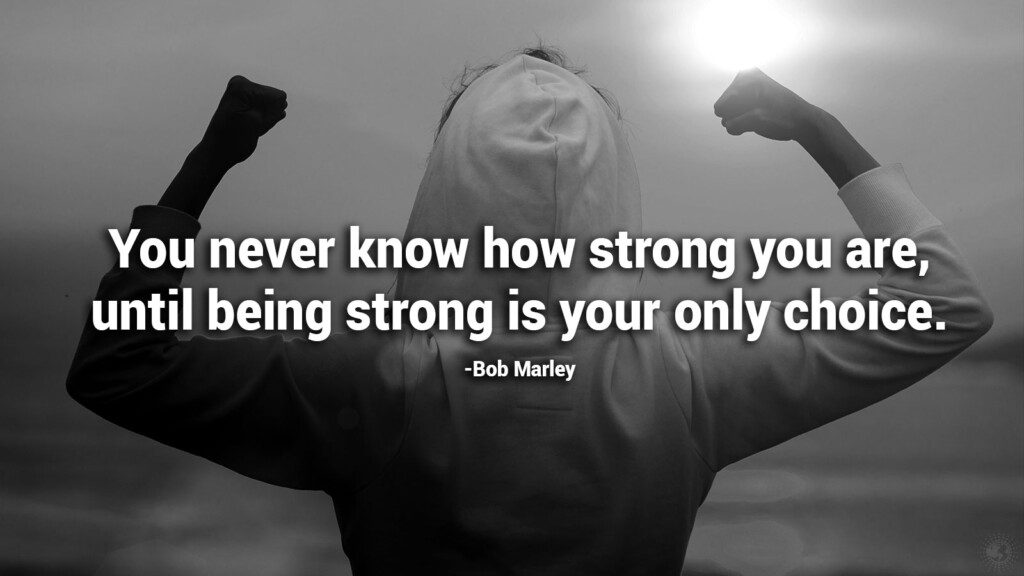Do you vent to others? Here’s why you should stop.
We often encounter moments where we feel frustration, anger, and disappointment. It’s natural to want to vent or share these feelings with others – it’s human nature. But venting to people around us might not always be the best approach.
This content will explore twelve reasons you should reconsider venting as a coping mechanism. We’ll also look at ten healthier ways to relieve your stress.
12 Reasons Venting to Others Might Be Harmful

Do you vent when you’re fed up with something? Here are compelling reasons to reconsider.
1 – The Ripple Effect of Negativity
When you vent, your negative emotions can inadvertently affect the mood of those around you. This ripple effect can transform a brief moment of frustration into a prolonged period of negativity for everyone involved.
2 – Misunderstandings Can Arise from Venting
In the heat of the moment, our words may not accurately reflect our true feelings or intentions. It can lead to misunderstandings, especially if the listener interprets your venting as a personal attack or criticism.
3 – Temporary Relief, Permanent Damage
While venting can provide temporary emotional relief, it can also damage relationships in the long run. Friends and family might start to see you as someone who only brings negative energy, which can strain these important connections.
4 – Venting Might Not Solve the Problem
Venting about a problem doesn’t necessarily lead to a solution. In fact, it can distract you from actively seeking ways to resolve the issue. All you do when you vent is discuss the problem without solving it.
5 – Reinforcing Negative Emotions
Constantly discussing negative experiences can reinforce those emotions, making it harder to move past them. This behavior can create a cycle of negativity that’s difficult to break.
6 – Venting May Harm Your Reputation
Regularly venting to others can affect how you’re personally and professionally perceived. People might start to view you as someone who is always complaining or unable to handle stress effectively.
7 – It May Become Habitual Venting
Frequent venting can become a habit, making it your go-to response whenever you face challenges. Repeated negative talk can hinder your ability to develop more constructive coping mechanisms.
8 – Not Everyone Is a Good Listener
Not everyone is equipped to handle the emotional weight of your problems. Venting to someone who isn’t a good listener can leave you feeling more frustrated and misunderstood.
9 – Potential for Gossip
Sharing your frustrations with others increases the risk of your private concerns becoming public gossip. Continual discussions like this can lead to further complications and embarrassment. Gossip, or revealing third-party information, has become so widespread that even top psychologists are now studying it. The takeaway from a study published in Frontiers in Psychology in 2019 – when in doubt, silence is golden.
10 – It Might Affect Your Mental Health
Constantly focusing on negative aspects of your life can take a toll on your mental health. It can lead to increased stress, anxiety, and even depression.
11 – Misplaced Anger Comes Along with Venting
Sometimes, the intensity of our emotions can be misplaced. You might find yourself directing anger or frustration at the person you’re venting to, even though they’re not the cause of your distress.
12 – Risk of Becoming Over-Reliant on Others
An additional reason to avoid venting is the risk of becoming over-reliant on others for emotional support. When you regularly turn to friends or family members to vent your frustrations, it can create a dependency on their validation and advice. Interestingly, the best Poker Apps says that this reliance on external feedback can also manifest in other areas of life, like making decisions in high-stakes environments. This dependency might hinder your ability to process and cope with your emotions independently.
Over time, this reliance can place an undue burden on your relationships. Your loved ones might feel pressured always to be available and have the right answers, which can be emotionally draining.

Ten Alternatives to Venting
Understanding the drawbacks of venting helps you see why you want to stop. However, it’s equally important to have strategies for managing emotions more healthily. Let’s look into some effective alternatives to provide a more constructive outlet for your feelings.
1 – Journaling: A Personal Reflection
Journaling is a powerful tool for emotional expression. Writing down your thoughts and feelings can offer a sense of release, similar to venting, but without the potential negative impact on others. It allows you to process your emotions privately, giving you time to reflect and clarify the situation. This practice can also help identify patterns in your emotional responses and triggers, leading to better self-awareness and emotional regulation.
2 – Meditation: Finding Inner Peace
Meditation is a practice that helps in calming the mind and reducing stress. It encourages mindfulness, the ability to be fully present and aware of where and what we’re doing. Through meditation, you can learn to observe your thoughts and feelings without judgment, which can reduce the intensity of negative emotions. Regular meditation can lead to a more balanced emotional state and improve mental health.
3 – Physical Exercise: The Emotional Outlet
Engaging in physical exercise is another excellent way to manage emotions. Activities like running, swimming, yoga, or even a brisk walk can help release endorphins, the body’s natural mood lifters. Exercise also provides a healthy distraction from stressful thoughts, allowing you to focus on the physical activity. Movement can be particularly effective for managing anger, frustration, and anxiety.
4 – Professional Help: Guidance and Support
Sometimes, the best way to handle overwhelming emotions is to seek professional help. Therapists and counselors are trained to help you understand and manage your feelings constructively. They can provide personalized strategies and tools to cope with your emotions and offer a safe, confidential space to express yourself. It can be especially beneficial if your emotions significantly impact your daily life or relationships.
5 – Creative Outlets: Art, Music, and More
Creative activities like painting, writing, playing a musical instrument, or crafting can be therapeutic. They offer a way to express emotions non-verbally and can be incredibly cathartic. Engaging in creative pursuits can also boost your mood and self-esteem, providing a sense of accomplishment and joy.
6 – Social Support: Choosing the Right Confidant
While unchecked venting can be harmful, constructively sharing your feelings with a trusted friend or family member can be beneficial. Choose a good listener who you believe can provide the support you need. Sometimes, simply feeling heard and understood can be incredibly comforting.
7 – Mindful Breathing: A Quick Stress Reliever
Mindful breathing exercises are a quick and effective way to manage acute stress and emotional upheaval. By focusing on your breath, you can calm your mind and reduce the intensity of your emotions. This stress relief can be particularly useful when you feel overwhelmed and must regain composure quickly.
8 – Engaging in Nature Activities
Spending time in nature can be a profound way to manage emotions. Activities like hiking, gardening, or walking in a park can calm the mind. Nature has a unique ability to soothe and refresh the spirit.
The fresh air, the sounds of birds, and the sight of greenery can help put your problems into perspective and reduce feelings of stress and anger. This connection with the natural world offers a peaceful backdrop for reflection and can inspire a sense of tranquility and well-being.
9 – Practicing Gratitude
Cultivating a habit of gratitude can be a powerful antidote to negative emotions. By focusing on what you are thankful for, you shift your attention away from anger and frustration. You can start a gratitude journal, listing things you are grateful for each day, or take a few moments to reflect on the positive aspects of your life. This practice can help reframe your mindset, reduce stress, and promote a positive outlook.
10 – Exploring Hobby and Leisure Activities
Engaging in hobbies or leisure activities that you enjoy can be a great way to divert your mind from negative thoughts and emotions. Whether painting, cooking, playing a musical instrument, or building model kits, hobbies provide a sense of accomplishment and joy. They offer an outlet for creativity and can be incredibly therapeutic. Immersing yourself in an activity you love can be a form of meditation, helping you relax and recharge.
By mastering a few alternative stress relievers, you can find healthier ways to cope with your emotions, leading to better mental health and more effective problem-solving. Remember that it’s best to find what works best for you and incorporate these practices into your daily life for a more balanced emotional state.

Final Thoughts: Venting May Do More Harm Than Good
While expressing your emotions is important, venting to others is not always the most beneficial approach. By understanding the potential downsides of venting and exploring healthier coping mechanisms, you can maintain better relationships, protect your mental health, and foster a more positive outlook.


